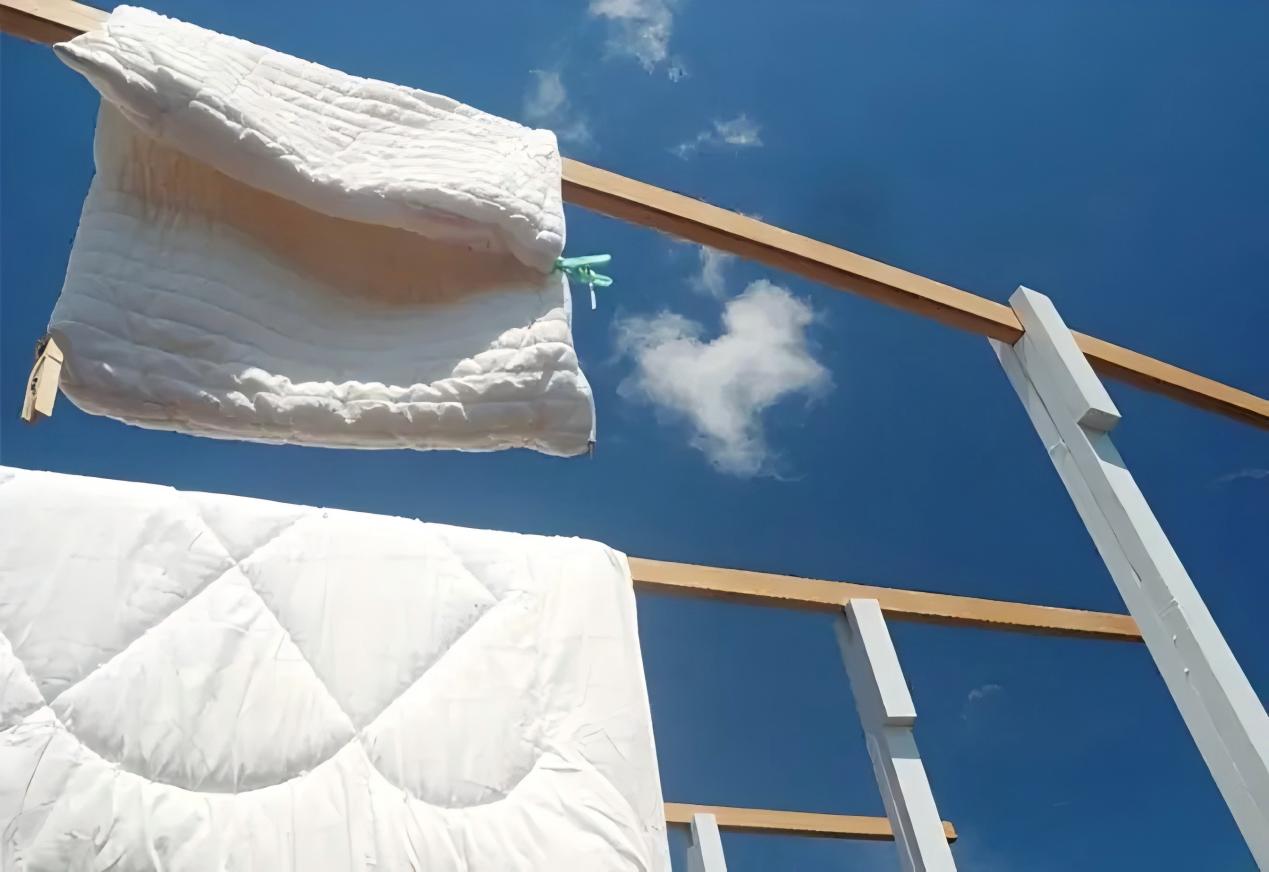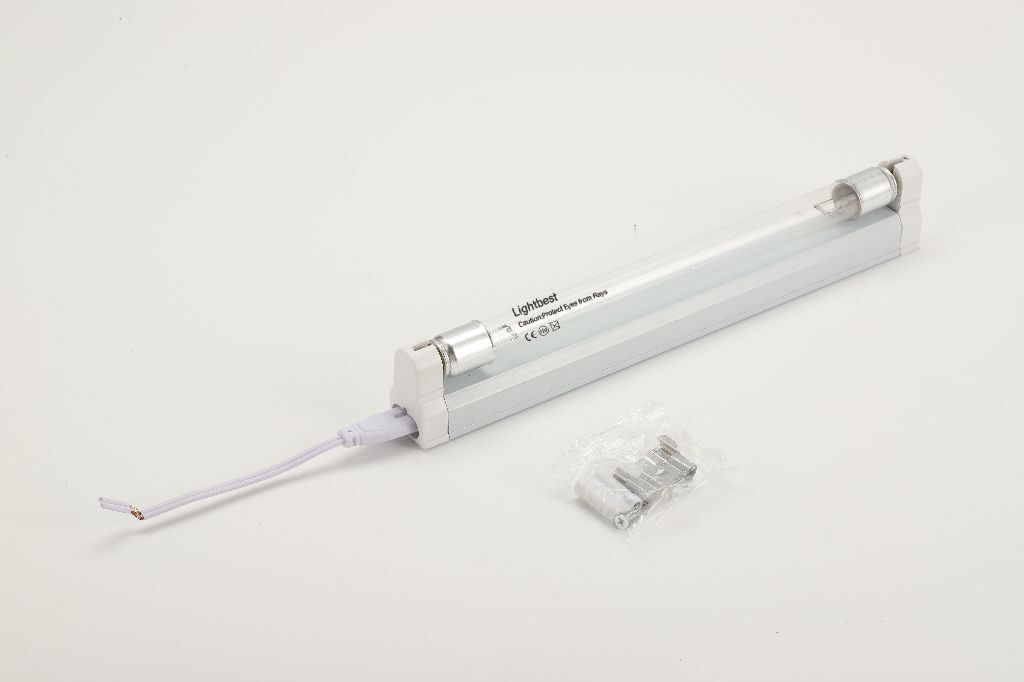Have you ever had this experience?Walking into a room just disinfected with an ultraviolet (UV) lamp, or opening a quilt that has been exposed to the sun, and being greeted by a special smell that is slightly "fresh" yet somewhat "pungent".
Many people describe this as the "smell of the sun" and associate it with cleanliness and the reassurance of sterilization. However, others have doubts: What exactly is this smell? Could it be ozone? Is it harmful to the human body?
Today, we will uncover the "true identity" of this mysterious smell.
Two Main Sources of the "Sun Smell": Ozone and Photochemical Reactions
In fact, the source of this smell is not single; it is mainly attributed to the following two "key factors":
1.Ozone – The "Smell of Lightning" from the Air
This is the most important and well-known reason. When using a UV lamp with a specific wavelength band (especially a UVC lamp with a central wavelength of 185nm), its high energy is sufficient to break the chemical bonds of oxygen molecules (O₂) in the air.
The "split" oxygen atoms recombine with other oxygen molecules (O₂) to form a gas composed of three oxygen atoms–ozone (O₃).
Ozone itself has a special smell similar to that of houttuynia cordata or the fresh scent after lightning, which is the main source of the "pungent feeling" we smell. The natural ozone layer protects us, but ozone near the ground is a pollutant; at high concentrations, it can irritate our respiratory tract and eyes.
The good news is: not all UV lamps produce ozone. Many household UV disinfection lamps on the market use "ozone-free lamps" (with a wavelength of 254nm). These lamps mainly act directly on the DNA of microorganisms without generating large amounts of ozone. You can check the product instructions when purchasing.
The ozone-free UV germicidal lamps produced by LightBest meet the minimum ozone concentration requirements of national standards. Since some customers need ozone–and high-concentration ozone–for their application scenarios, LightBest, as a professional Chinese enterprise manufacturing UV germicidal lamps and a drafter of China's national standards for UV germicidal lamps, can provide customers not only with ozone-free 254nm UV germicidal lamps but also with high-ozone dual-wavelength UVC lamps that have both 254nm and 185nm UV wavelengths.Our products have obtained international certifications such as CE, FCC, UCKA, and ROHS, are sold well at home and abroad, and are highly popular among customers at home and abroad.
2. Photochemical Reactions – The "Grilled Smell" from Object Surfaces
Even with ozone-free UV lamps, we can still smell a scent after irradiation. Why is that?
This involves the second key factor: photochemical reactions.
You can imagine that UV rays are like countless tiny "energy projectiles". When they hit the surface of objects – whether it is the cotton fibers of quilts, dust in the air, dead skin cells on the skin, or the protein coats of bacteria and viruses – they trigger a series of intense chemical reactions.
l"Charred" organic matter: The high energy of UV rays is enough to "char" these tiny organic particles, a process known as "photolysis". Substances such as dander in dust, mite corpses, and bacterial cell membranes decompose and oxidize under UV irradiation, producing some new volatile organic compounds.
l"Newly formed" odor molecules: These newly generated substances may include tiny odor molecules such as aldehydes and ketones. When mixed together, they form another "smell" we perceive – somewhat like the smell after sun exposure, with a slight hint of a "grilled" sensation from mild charring.
Therefore, the "sun smell" you smell is largely a mixture of odors produced when dust in the air and microorganisms on quilts are "grilled" by sunlight.

Does Smell = Effective Disinfection? Keep These Safety Guidelines in Mind!
Although this smell is often associated with "cleanliness", it is crucial to note that smell does not equal disinfection effectiveness, and you should never inhale it directly!
To use UV lamps safely, keep the following points in mind:
1. Clear the area of people and pets thoroughly: When the UV lamp is in operation, it is strictly forbidden for people, pets, or even plants to be in the room. UV rays can directly damage the skin and eyes.
2. Ventilate! Ventilate! Ventilate!: After disinfection, be sure to open doors and windows first for adequate ventilation for more than 30 minutes before entering the room. The primary purpose of this is to disperse any ozone that may have been generated and other by-products of photochemical reactions, preventing irritation to the body if inhaled.
3. Enter only after the smell has dissipated: Do not rely on smell to judge whether ozone has dissipated. The safest way is to ensure sufficient ventilation time.
4. Follow product instructions: Operate strictly in accordance with the instructions of the UV lamp you purchased, find out whether it is ozone-free, and control the duration of each disinfection session.

Summary
The smell produced after UV lamp irradiation is a "concerto" composed of the "fishy scent of ozone"and the "charred aroma from photochemical reactions". It reminds us that disinfection is in progress, but also warns us that the disinfected environment needs proper handling.
Next time you smell this familiar scent, you will know that it is not only a sign of "cleanliness" but also evidence that intense chemical reactions are occurring in the microscopic world of nature.
"Keep bacteria and viruses away; embrace a healthy life with LightBest." As a professional domestic manufacturer of UV germicidal lamps, LightBest safeguards your health.
Post time:2025-10-28 18:08:18

